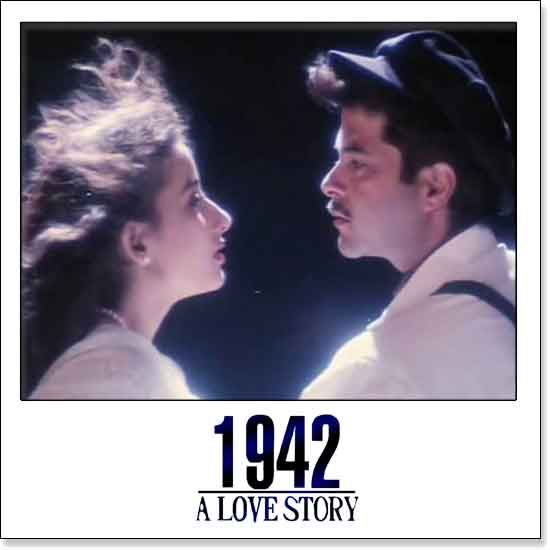

First came Parinda (1989), which had hints of vintage Burman, but didn’t quite give him the comeback he so desperately wanted. It was Vidhu Vinod Chopra who gave Burman a lifeline. Gulzar’s Ijaazat (1987) did garner critical acclaim, but it wasn’t a mainstream film. Subhash Ghai, in fact, had even promised Burman he would sign him on for Ram Lakhan (1989), but eventually, he went with Laxmikant-Pyarelal. The man who had churned out hundreds of soulful gems, flirtatious frothy hits, party and wedding favourites suddenly, in the mid-80s, found himself cast aside by commercial filmmakers in favour of newer composers, like disco favourite Bappi Lahiri.Įven when directors wanted to return to melody, like Mansoor Khan did for Qayamat Se Qayamat Tak (1988), they opted for newcomers like Anand-Milind, even though Burman had expressed interest. And the man who bore the brunt of this was, in many ways, music composer R.D. Revenge dramas, kitschy masala, garish clothes and even more garish tunes defined the era.


The 1980s were not a good decade for Bollywood. It is also a testament to the old saying: Form is temporary, class is permanent. And every song in 1942: A Love Story is that third kind of song. And then you have the third kind – it may tell the story or it may not, but you never, ever want it to end. There are two kinds of songs in Hindi movies – one that you hope ends quickly so you can get back to the plot and one that takes the plot further.


 0 kommentar(er)
0 kommentar(er)
